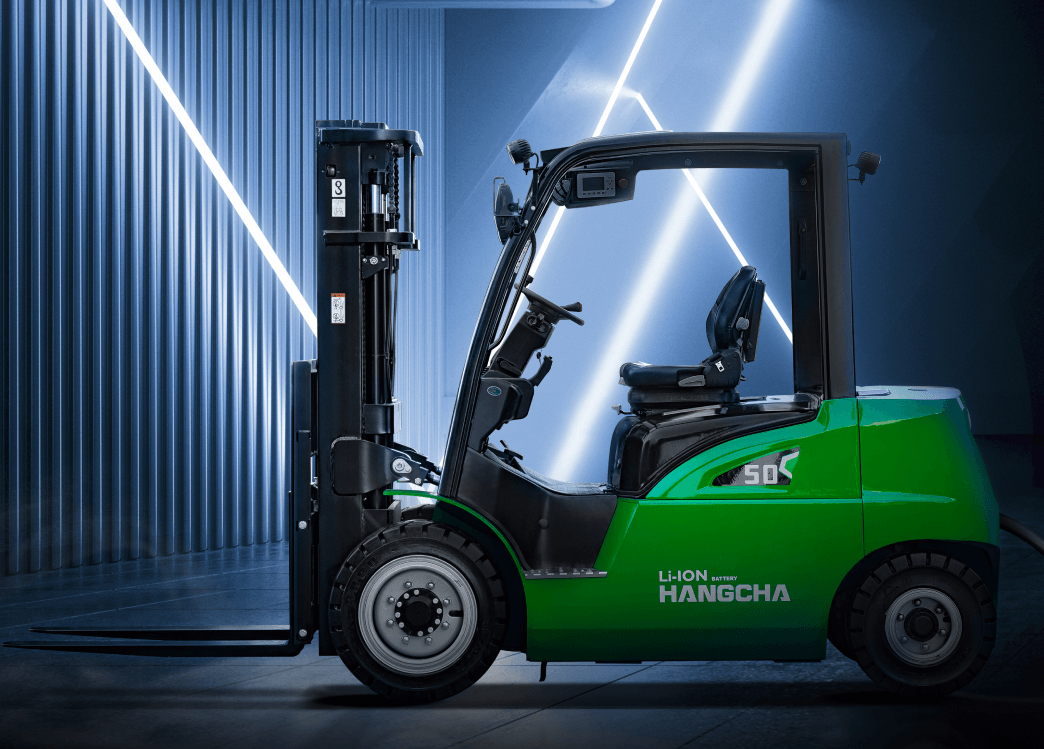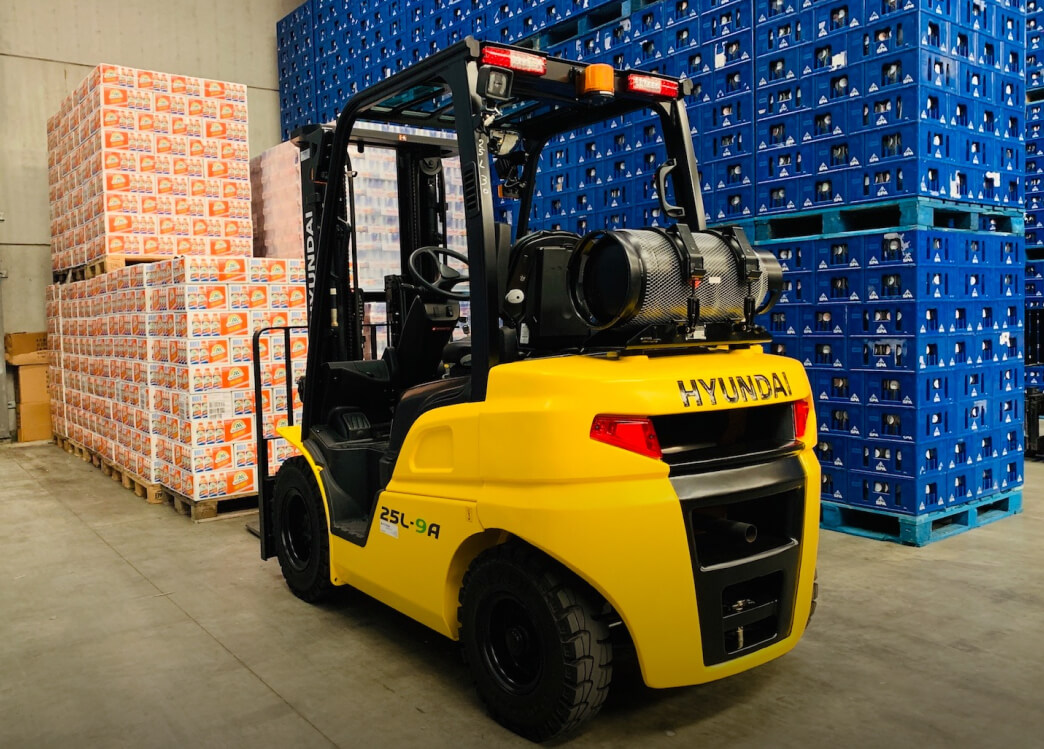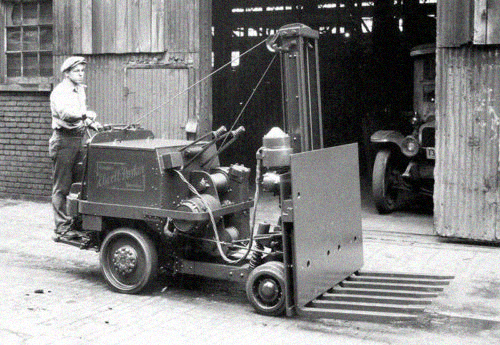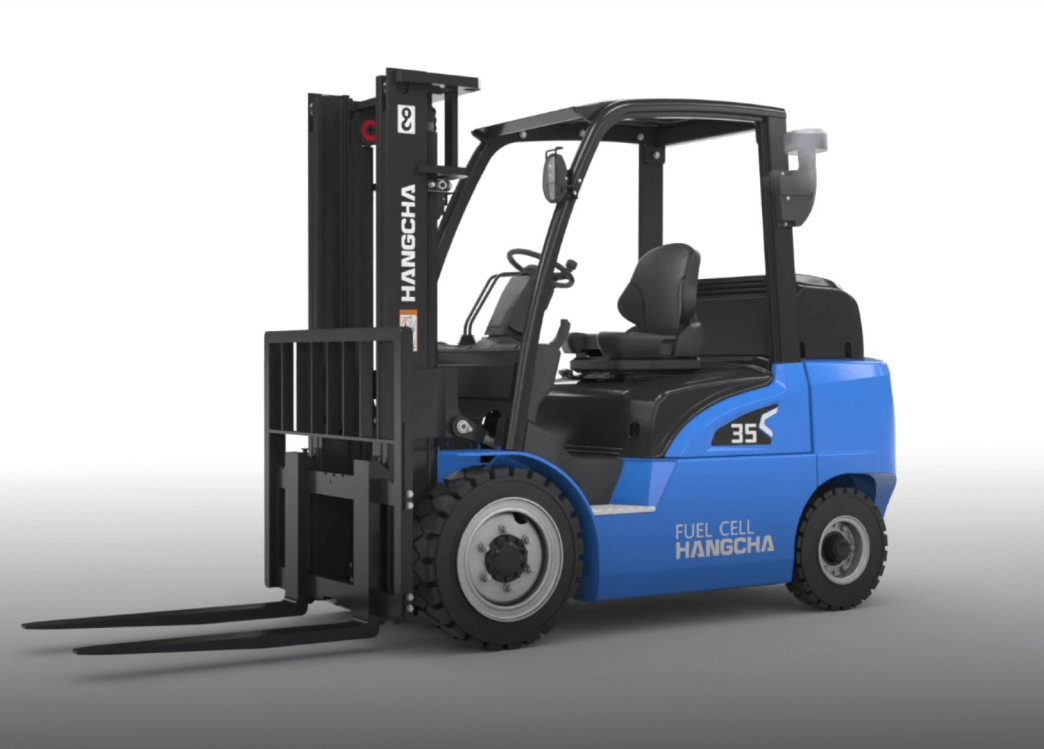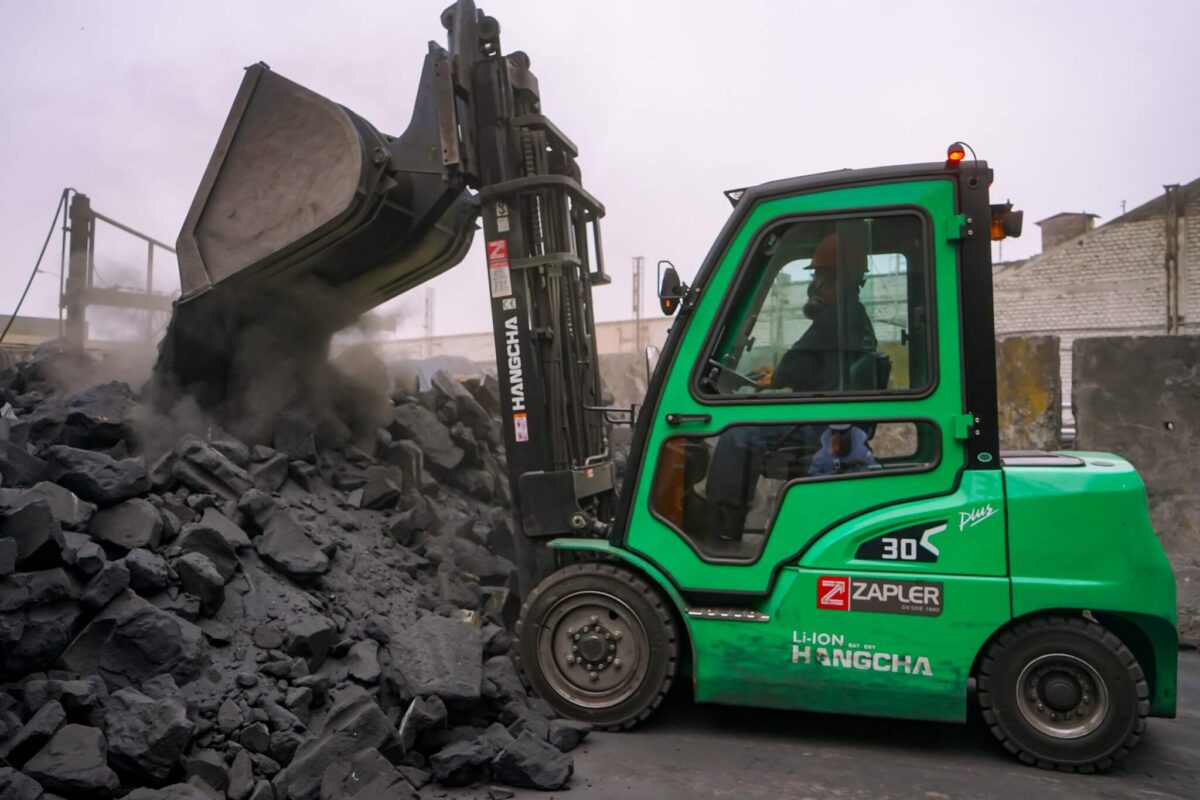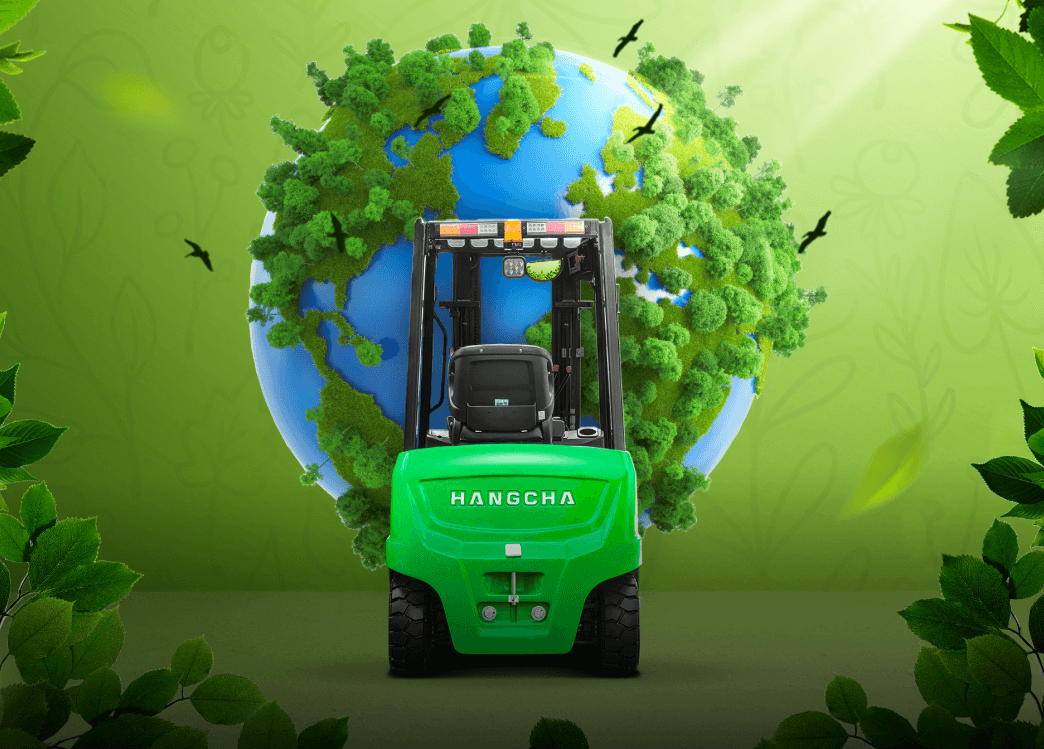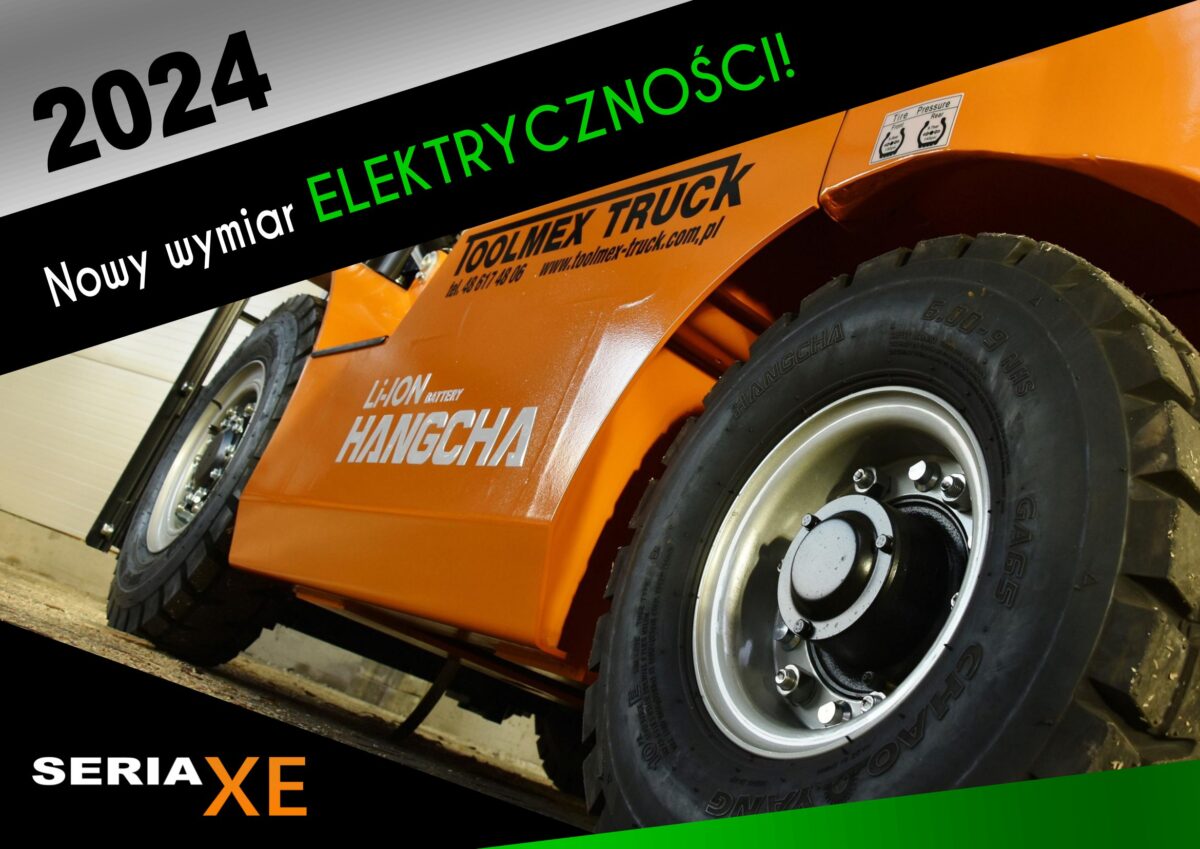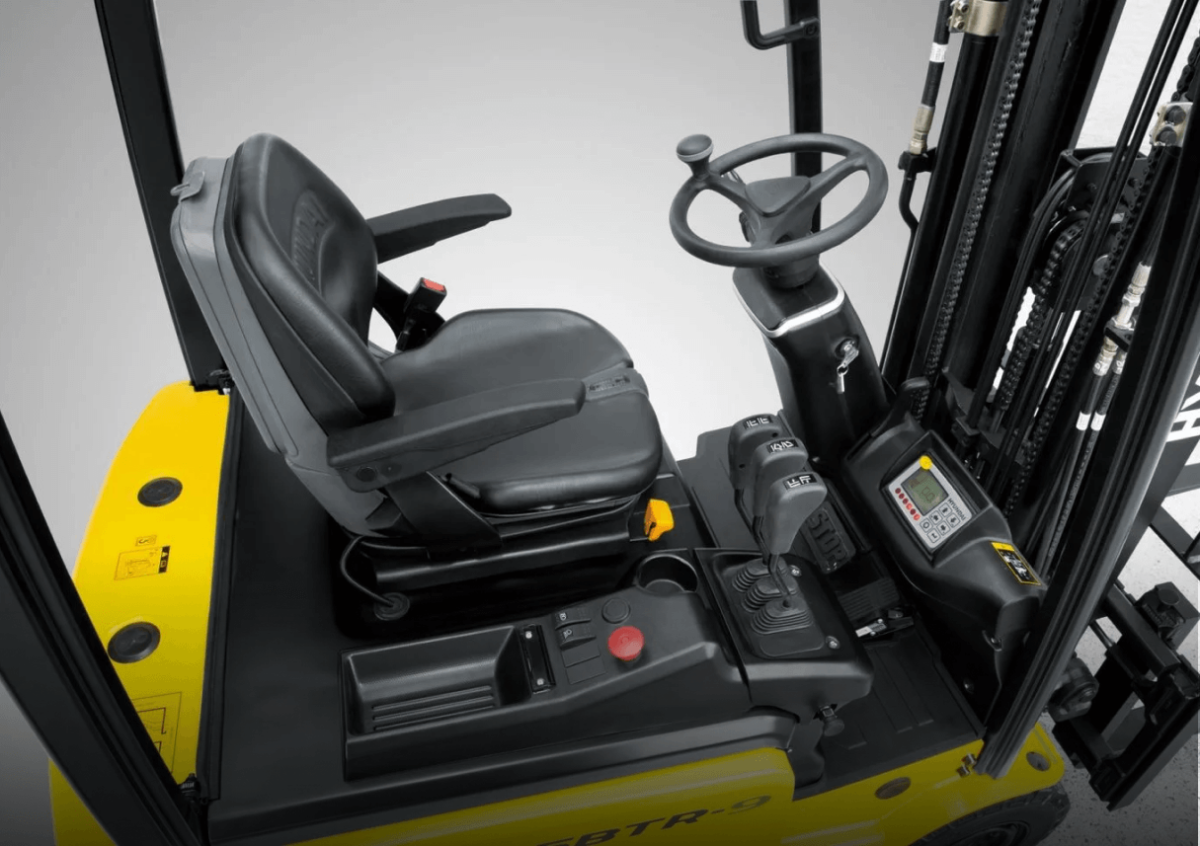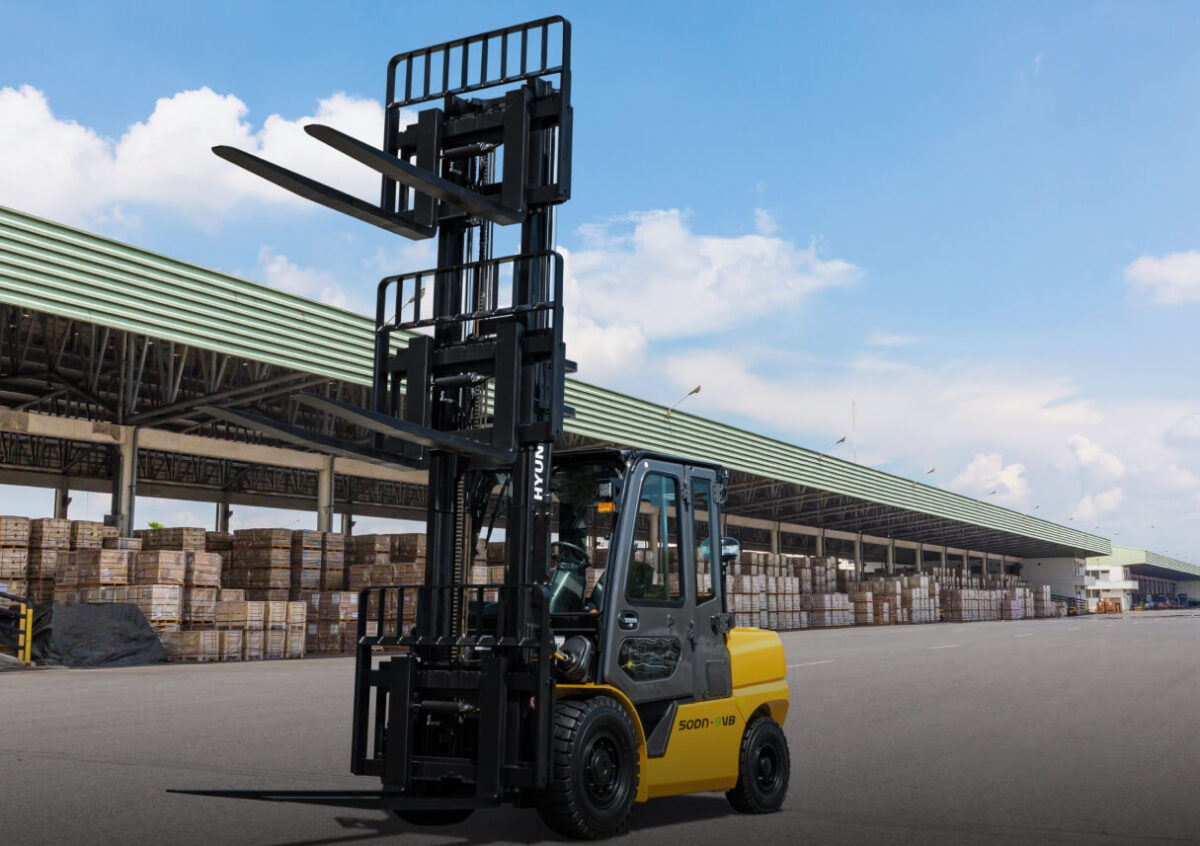Buying a used forklift is an excellent way for many companies to save money without sacrificing functionality. However, to ensure that the investment is both profitable and safe, it is essential to understand what to look for when making a purchase. This article discusses the key aspects that will help you make the right decision while ensuring efficiency and safety in your operations.
1. Determining Needs and Requirements
Before purchasing a used forklift, it is crucial to clearly define your company’s needs. Pay attention to the following aspects:
Type of Load
- Weight: Determine the maximum weight of the loads to be handled.
- Size: Match the fork dimensions to the size of pallets and containers.
- Material Type: Choose a forklift suitable for specific materials, such as delicate or hazardous items.
Work Environment
- Indoors or Outdoors: Electric models are preferable for warehouses, while internal combustion models are suitable for outdoor use.
- Surface: Hard surfaces require hard wheels, while uneven surfaces benefit from pneumatic tires.
- Maneuvering Space: Narrow aisles necessitate compact models.
Usage Intensity
- Frequency of Use: Select a model with appropriate durability for intensive work.
- Working Hours: For prolonged use, consider internal combustion forklifts or models with replaceable batteries.
- Type of Tasks: Decide if special attachments or extendable forks are needed.
2. Technical Condition of the Forklift
Thoroughly checking the technical condition of the used forklift is critical to avoid unexpected repair costs and ensure workplace safety. Here are the key elements to focus on:
Engine and Mechanical Components
- Engine: Ensure that the engine runs smoothly without unusual noises. Check oil level and condition, any leaks, and the cleanliness of filters.
- Transmission: Verify that gear changes occur smoothly without jerking.
- Drive System: Assess the condition of the drive shaft and half shafts, noting any play and wear.
Hydraulics
- Hydraulic Cylinders: Check for oil leaks. Cylinders should operate smoothly and without resistance.
- Hydraulic Pump: Evaluate the condition and performance of the pump. Lack of pressure or noise during operation may indicate wear.
- Hoses and Lines: Inspect hydraulic hoses for good condition, free of cracks and leaks.
Tires
- Tire Condition: Assess tread wear. Worn tires can affect stability and safety.
- Type of Tires: Ensure that the type of tires (pneumatic or solid) is appropriate for the working conditions.
Steering and Brake Systems
- Steering: Check for smooth operation without play. Assess the condition of bearings and joints.
- Brakes: Ensure that the brakes are effective. Check brake fluid levels and the condition of pads and discs.
Forks and Mast
- Forks: Inspect forks for bending or excessive wear. Assess the condition of fork locks.
- Mast: Check the condition of the mast and guides. Ensure that the mast lifts and lowers smoothly without jamming.
Electronics and Electrical Systems
- Battery: For electric forklifts, evaluate battery condition. Check charging time and operational duration on a single charge.
- Electrical System: Verify that all lights, alarms, and indicators are functioning properly. Ensure there are no damages to the electrical installation.
3. Service History
Thoroughly reviewing the service history of the used forklift is essential to assess its technical condition and anticipate future costs.
Mileage and Usage Duration
- Operating Hours: Check the hour meter to see how many hours the forklift has been used.
- Age of the Forklift: Assess the year of manufacture—older forklifts may be more prone to breakdowns.
Regularity of Maintenance
- Documentation: Ensure that the forklift has been regularly serviced according to the manufacturer’s recommendations.
- Schedule: Check if maintenance was performed on schedule.
Replaced Parts
- Repair List: Review which parts have been replaced and how often. Recurring repairs may indicate underlying issues.
- Quality of Parts: Ensure that replacement parts were either original or high-quality substitutes.
Repairs and Failures
- History of Failures: Investigate what failures occurred and how they were resolved. Recurring problems can be a warning sign.
- Quality of Repairs: Confirm that repairs were carried out by qualified mechanics.
Certificates and Technical Inspections
- Current Certifications: Ensure that the forklift has valid safety certifications and technical inspections.
4. Testing and Trials
Conducting tests and trials before purchasing a used forklift is essential to ensure that the equipment is in good technical condition.
Load Testing
- Lift Capacity Check: Load the forklift to its maximum weight to confirm it can lift and move loads without issues.
- Stability: Assess whether the forklift remains stable when lifting and lowering loads.
Maneuverability
- Ease of Maneuvering: Drive the forklift over various terrains, checking steering precision.
- Turning Radius: Test the forklift in narrow spaces to evaluate its agility.
Hydraulic System
- Lifting and Lowering: Check that lifting and lowering forks occur smoothly and without leaks.
- Operational Speed: Assess whether the lifting and lowering speed is adequate.
Brakes and Steering
- Brake Effectiveness: Ensure that the brakes work efficiently and that the forklift stops quickly and smoothly.
- Steering Precision: Verify that the steering system operates without play and is easy to handle.
5. Documentation and Guarantees
Ensuring proper documentation and guarantees is critical when purchasing a used forklift. Here are the essential aspects to consider:
Documents Confirming Legality
- Purchase Invoice: A basic document confirming the transaction, including the serial number of the forklift, purchase date, and seller details.
- Registration Document: Verify the legality of the forklift’s registration.
- Certificate of Compliance: Ensure that the forklift meets safety standards.
Service History
- Service Documentation: A complete history of inspections, repairs, and part replacements.
- Service Book: Confirmation of regular inspections according to manufacturer recommendations.
Guarantees
- Seller’s Warranty: Opportunity to obtain a warranty on the forklift or its components.
- Manufacturer’s Warranty: Check if the forklift is still under the manufacturer’s warranty.
Technical Inspections
- Current Inspections: Confirmation that the forklift has passed the required technical inspections.
- Scheduled Periodic Inspections: Planned future inspections and their documentation.
User Manuals and Technical Schematics
- User Manuals: A complete guide for safe operation and maintenance.
- Technical Schematics: Access to technical documentation.
6. After-Sales Support
After-sales support provides technical assistance and access to resources post-purchase. Ensure that the seller offers technical support and access to spare parts to avoid downtime. Check if there is an authorized service nearby that can perform regular inspections and repairs. Training for operators is also essential to enhance safety and efficiency. Good after-sales support minimizes downtime and extends the forklift’s lifespan.





